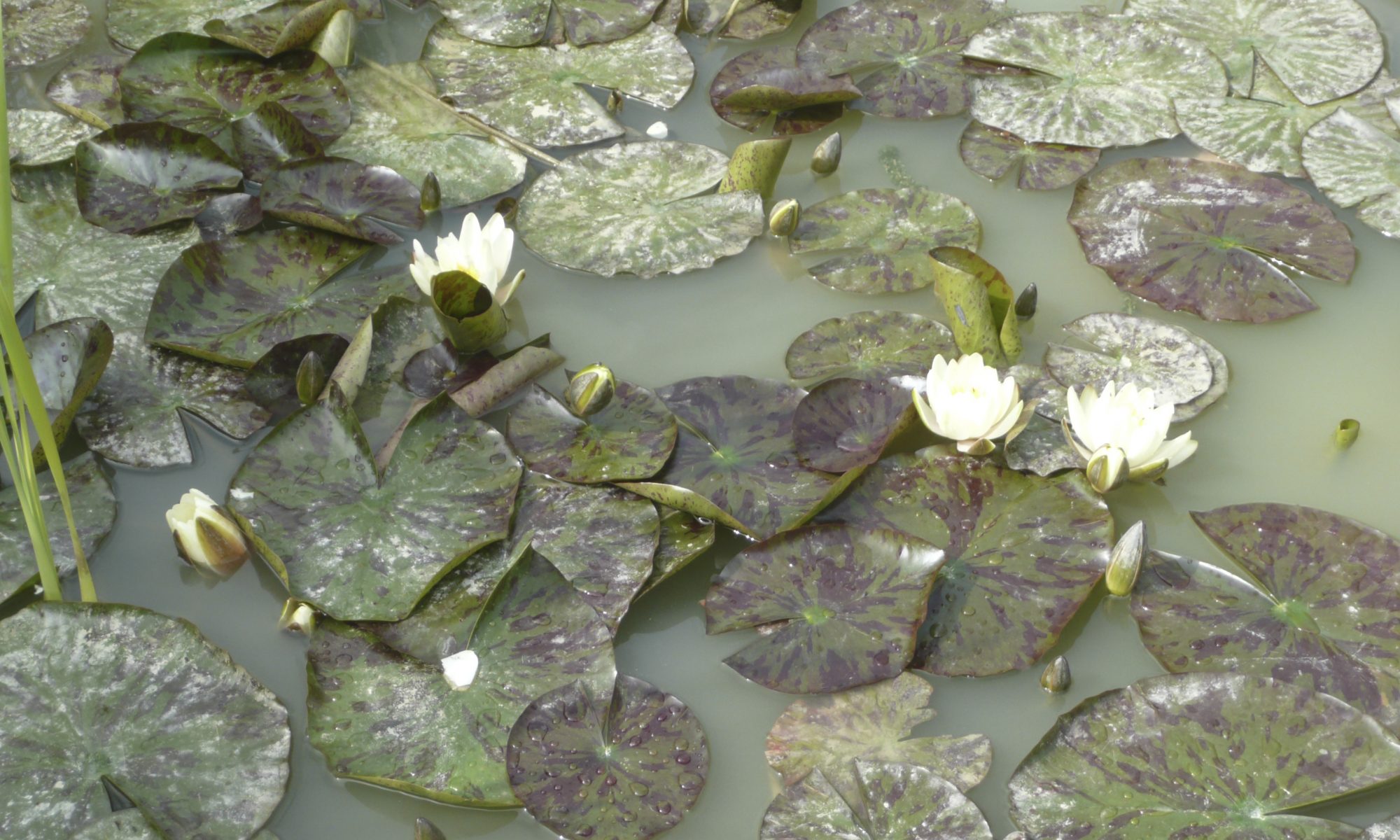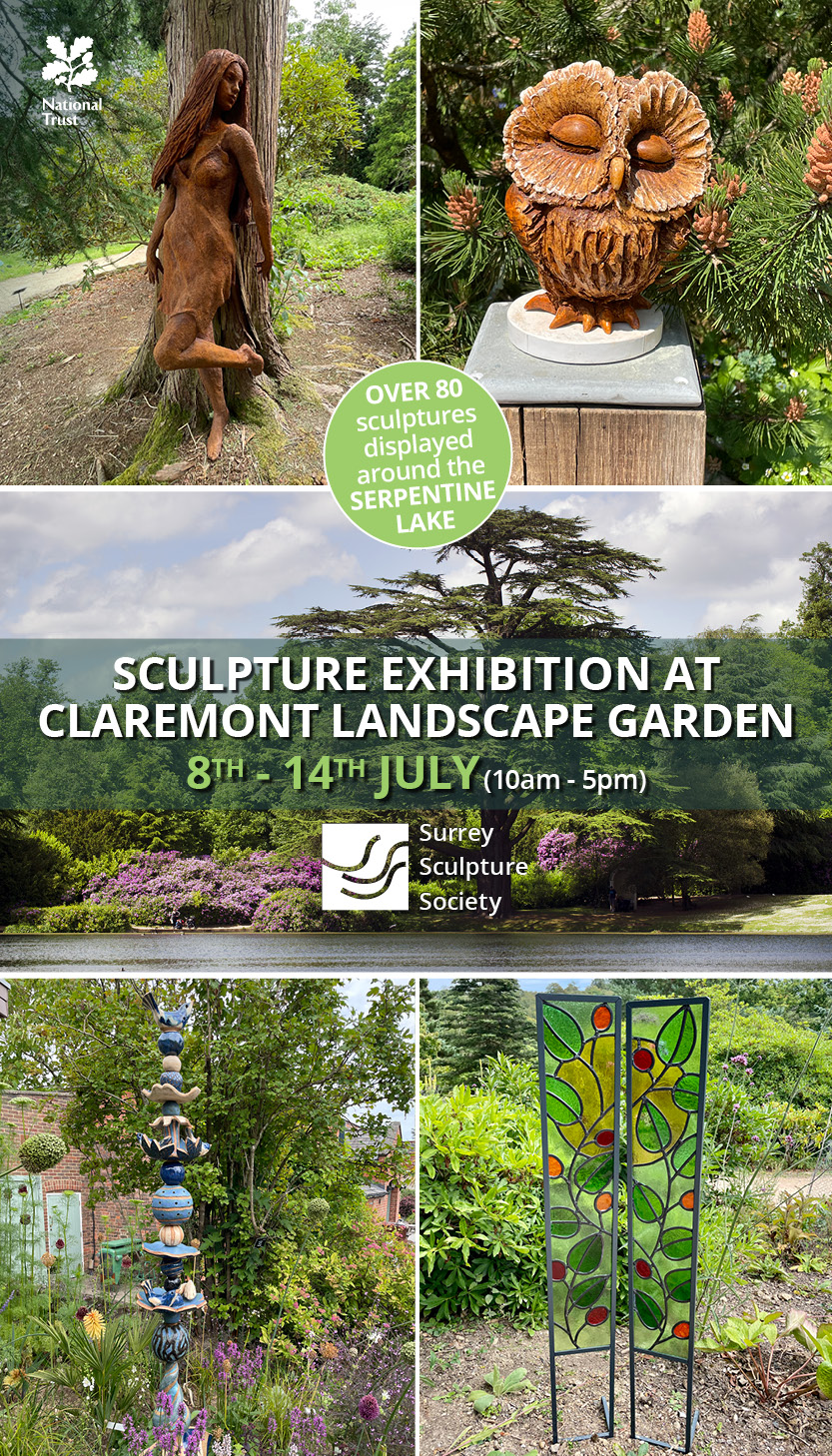Creating a pond in your garden will bring in wonderful wildlife says Sue Whigham
The big chill of February and March were very unkind to my lovely little water lily (Pygmaea rubra) that has spent eight years in a large copper in one of my flower beds. Hibernating plants like that won’t survive a cold spell if the water freezes over completely. And, oh boy, it did.
But I won’t be giving up on water plants and the other things that make a garden attractive to wildlife. To increase the number and variety of animal species around you the essentials are: trees, plants and shrubs that produce seed heads and berries, deadwood, areas of unstrimmed long grass and – most of all – water.
It seems that one in ten British gardens has some sort of a pond, making about two million in total. They provide a vital network of ‘wetland habitats’ throughout our ever-expanding urban areas. The combination of what seems like frenzied house building on green fields and climate change means a significant loss of wildlife havens, but we can all do our bit to ameliorate this.
It doesn’t even matter if we have limited space, as even a balcony, roof terrace or patio can accommodate some sort of water gardening. All you need is a watertight container which is deep enough to give aquatic plants some space and ensures that the temperature of the water doesn’t fluctuate too much when things warm up in the summer.
Something pretty like a copper, an old galvanised container or ceramic pot is lovely, but you can also use something cheap and perhaps not so beautiful like a bin or large plastic tub and sink it into the ground. This has the advantage of keeping the water cool in summer and protects from freezing – with a bit of luck – in the winter.
I think spring is the ideal time to set up a new pond and an informal arrangement is best for wildlife. In a perfect world you would choose a sunny site, away from overhanging trees, with shallow edges that allow animals easy access to the water.
If your site is on the shady side you’ll find different inhabitants setting up home than if you have the pond somewhere brighter and warmer. The best ponds have gently shelving edges fringed by grasses. Some of the carexes are perfect for this.
I love the bright gold C. elata ‘Aurea’ and the stripy phragmites growing with the variegated leaves of Iris pseudoacorus ‘Variegata’, perfect marginal plants for the damp edges of your pond.
Once you’ve put your pond in – whether dug straight into the ground, or in a vessel – it will fill up naturally with rain (which is why August is not a good month to do it).
Avoid topping up with tap water as it has high nutrient levels and will upset the balance of the pond water – and remember, it is normal for water levels to go up and down, benefitting different kinds of creatures. When water evaporates in summer damp mud is ideal territory for many invertebrates.
“Once your pond is filled with life-giving H2O, small animals may well arrive within the hour”
The really marvellous thing is that once your pond or water container is in place and filled with life-giving H2O, it will colonise naturally.
Small animals may well arrive within the hour and water beetles and dragonflies within a couple of days. Plants take their time and it may be a year or two before the amphibians spot a new residence. You may have to add algae-eating ramshorn snails as well as great pond snails, to keep algae growth in check (available on line).
Plants for shallow water and ledges
Apart from the yellow flags (irises), include water forget-me-not (Myosotis scorpioides) which is a perennial wildflower with creeping roots. The flowers are rather pretty; blue with a pink or yellow central eye. water plantain (Alisma plantago-aquatica) has clouds of pinky white flowers above rosettes of oval leaves on long stalks. It has two major advantages in that it self seeds and the seeds are highly desirable for wildlife.
Floating/deep-water plants
Hottonia palustris or water violet is an oxygenating perennial and is perfect once your pond is established. It flowers early with blooms rising up above its leaves in spikes of white and pale lilac.
Frogbit, too, is a rather handsome perennial, free floating plant with shiny, kidney shaped leaves and a three-petalled white flower. It provides a good cover and shelter for aquatic creatures. Oxygenating plants such as this, curled pondweed and water starwort, are an important food source for wildlife.
A couple of years ago we were rather mystified to find a great crested newt wandering around on the kitchen floor. Had we still had cats, it might have been easier to understand. However it seems that great crested newts hibernate in a variety of habitats depending on the time of year and this one was no exception.
Common newts often overwinter in ponds, as do frogs and any tadpoles that didn’t emerge the summer before. Water snails tend to disappear into the deeper recesses of any pond in the winter, as do other creatures such as water hog lice, but occasionally in the summer you’ll see snails on the surface taking great gulps of fresh air.
Then there are the insects. Dragonfly will lay its eggs on aquatic plants or drop them on to the surface of a pond in summer. Their nymphs then spend the next three or four years in the pond before they metamorphose into the spectacularly iridescent creatures that we see hovering over water in the summer.
Common pond skaters live on the surface of a pond and feed off any smaller insect that has the misfortune to fall in. Then there are lesser water boatmen, whirligig beetles, great diving beetles and common backswimmers which fly at night and are usually one of the first arrivals to a new pond. It seems that they are predators of other water inhabitants.
So with all these creatures and the summer visits from birds to bats how could you ever be bored? Finally, of course, your pond will provide water for mammals such as badgers and foxes – although having just had a devastating visit from a fox to my hen house, I’m finding it difficult to have good thoughts about them right now.
wildaboutgardens.org.uk is a joint information and advice partnership between the Royal Horticultural Society and Wildlife Trusts.
Sue Whigham can be contacted on 07810 457948 for gardening advice and help in the sourcing and supply of interesting garden plants.
TEST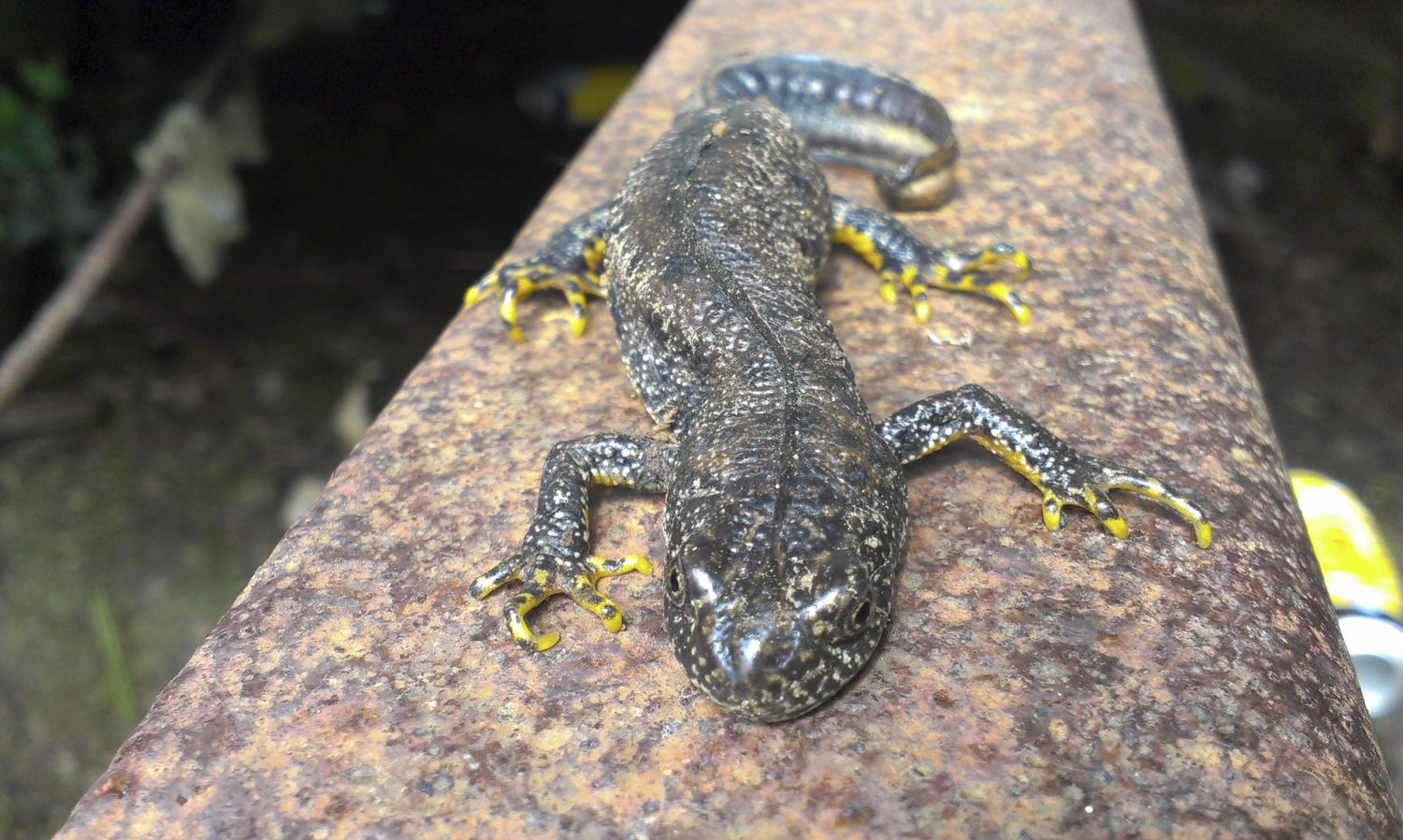
It may be a year or two before the amphibians spot a new residence
TEST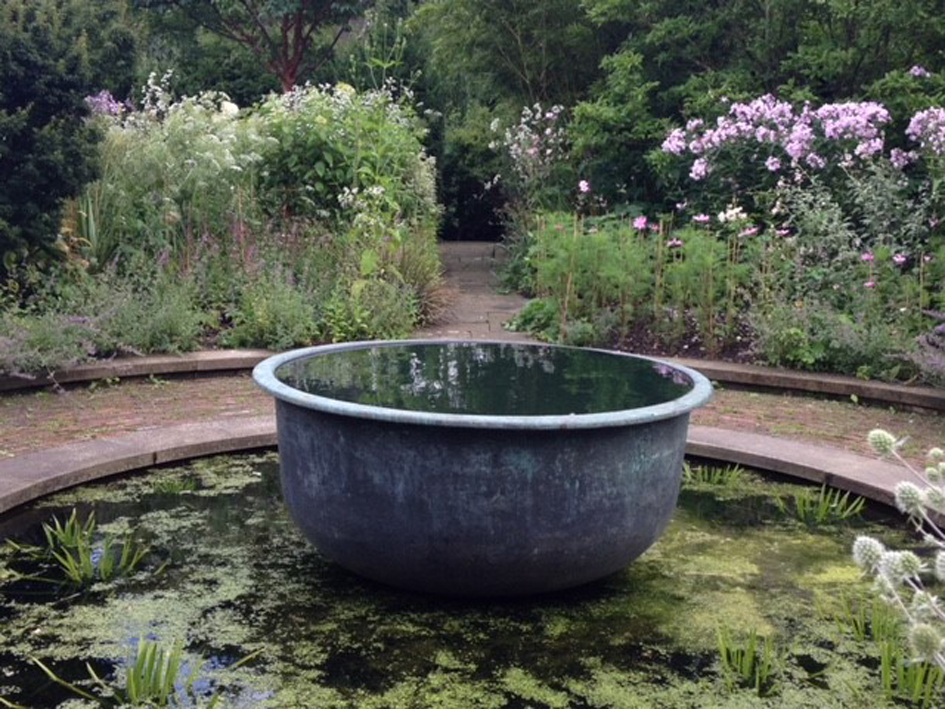
Once you’ve put your pond in – whether dug straight into the ground, or in a vessel – it will fill up naturally with rain (which is why August is not a good month to do it)
TEST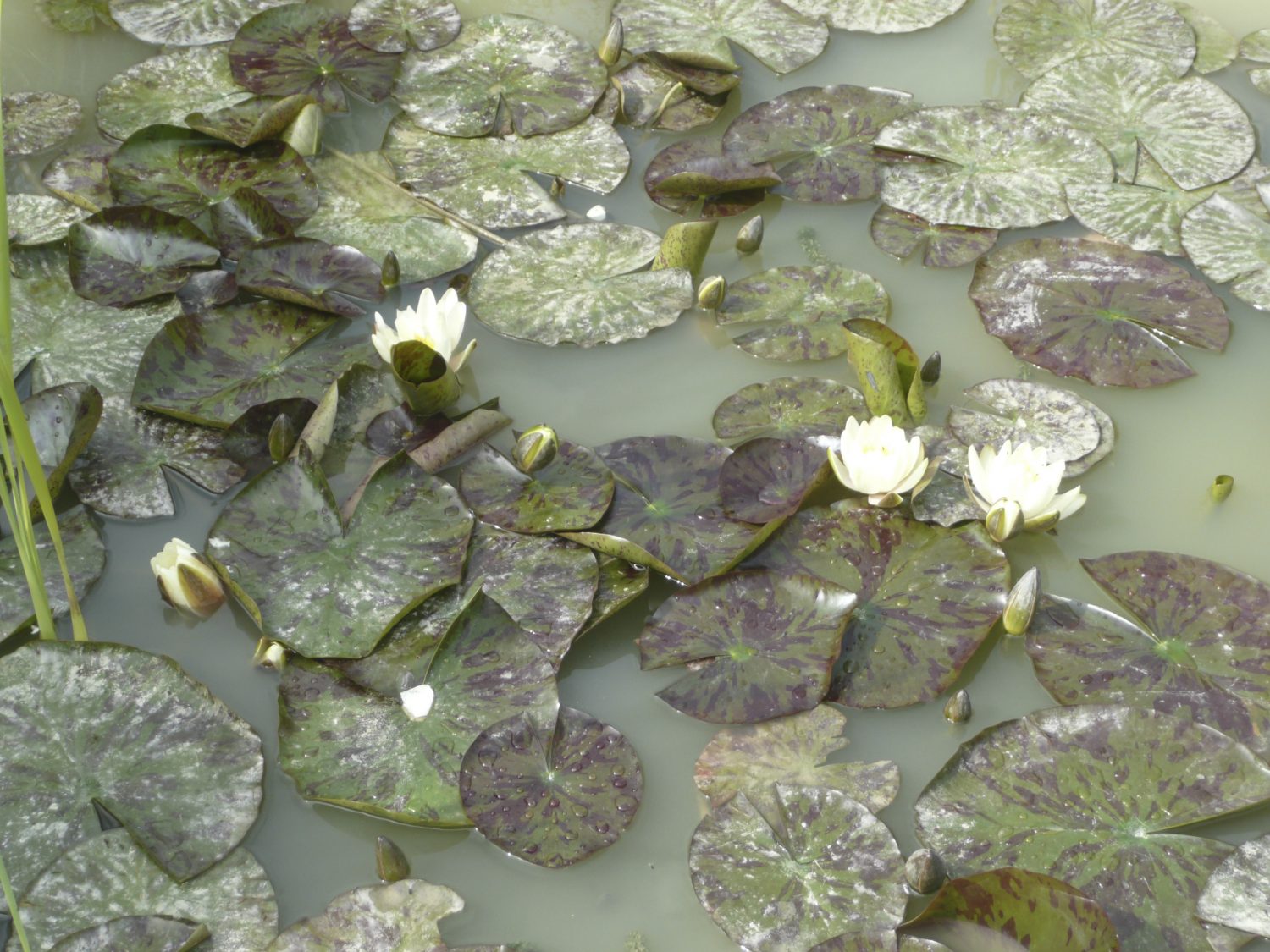
Lovely water lilies
TEST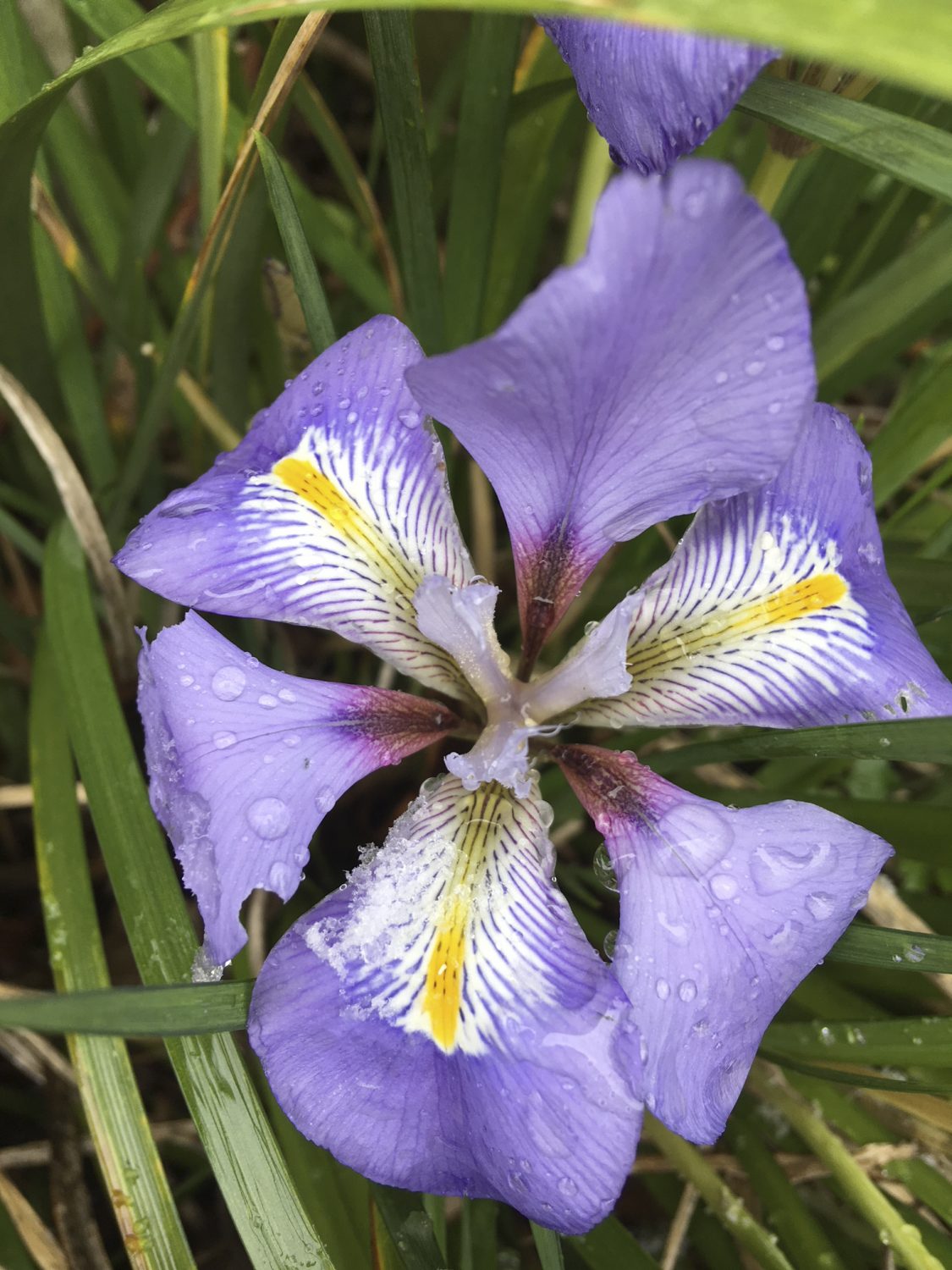
I love the bright gold C. elata ‘Aurea’ and the stripy phragmites growing with the variegated leaves of Iris pseudoacorus ‘Variegata’, perfect marginal plants for the damp edges of your pond
You may also like
Go with the Flow
Sue Whigham shares some valuable new-to-gardening advice I’m sure that by now we should be used to the rain but I’m not entirely sure that we are. We had a dry, sunny day the other day and how everybody’s mood...
Farm Fables
Jane Howard gets to the bottom of why so many ponds have disappeared across the High Weald I have a new passion, almost an obsession, it’s about ponds. And there’s a distinct possibility I might become a bit of a...
Hedge Issues
Sue Whigham takes a meander along nature’s verdant and vital corridors Recently the BBC’s Today programme carried a feature about England’s hedgerows which created a lot of interest among listeners. On the strength of that, Martha Kearney interviewed one of...
